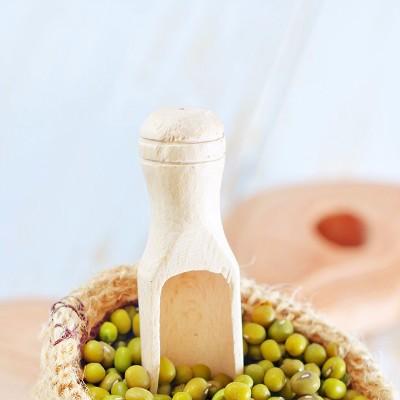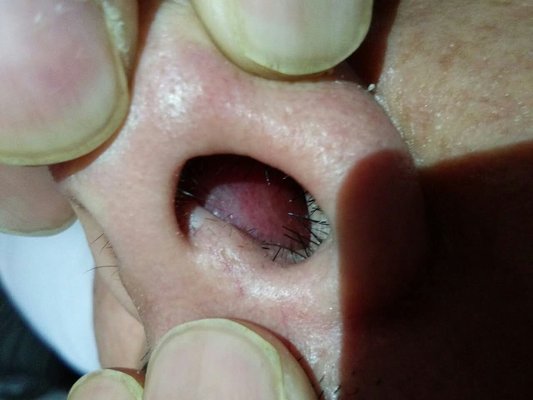A good way to treat condyloma acuminatum
summary
Condyloma acuminatum is a kind of venereal disease caused by human papillomavirus infection, which will make the patient's anus and reproductive organs proliferative damage. It is easy to occur in people with high-risk sexual intercourse, and the average incubation period of three months is one of the more common venereal diseases. Therefore, we need to know more about the good methods for the treatment of condyloma acuminatum.
A good way to treat condyloma acuminatum
Method 1: cryotherapy, using liquid nitrogen at - 196 ℃ to treat condyloma acuminatum, promoting the necrosis and abscission of condyloma acuminatum tissue, is simple, efficient and easy to be tolerated by patients. This method is suitable for condyloma with small number and area. It can be treated once or twice with an interval of one week.
Method 2: laser treatment, usually with CO2 laser, the use of cauterization treatment of condyloma acuminatum, if the number of condyloma acuminatum is not much, then one-time treatment, but if the number of words, generally need 2 to 3 times to completely cure, the treatment interval of about a week.
Method 3: electrocautery treatment, using high-frequency electroacupuncture or electric knife resection of condyloma. This therapy is suitable for condyloma with small number and area.
matters needing attention
In the diet can be moderately added some protein rich food, enhance the body's resistance, appropriate to add a small amount of lean meat, food should not be too salty, try to light, do not fry or fry. Avoid excessive drinking, overeating, drinking and high fat, spicy and stimulating diet. We must pay attention to the light diet. Stimulating food can easily lead to the spread of inflammation and inflammation of the wound. This will aggravate the disease. We can add more vitamins and inorganic salts to the body, which is conducive to the repair of the body's metabolic function. We can eat more fresh vegetables, such as green vegetables, Chinese cabbage, radish, carrot, tomato, etc.

















